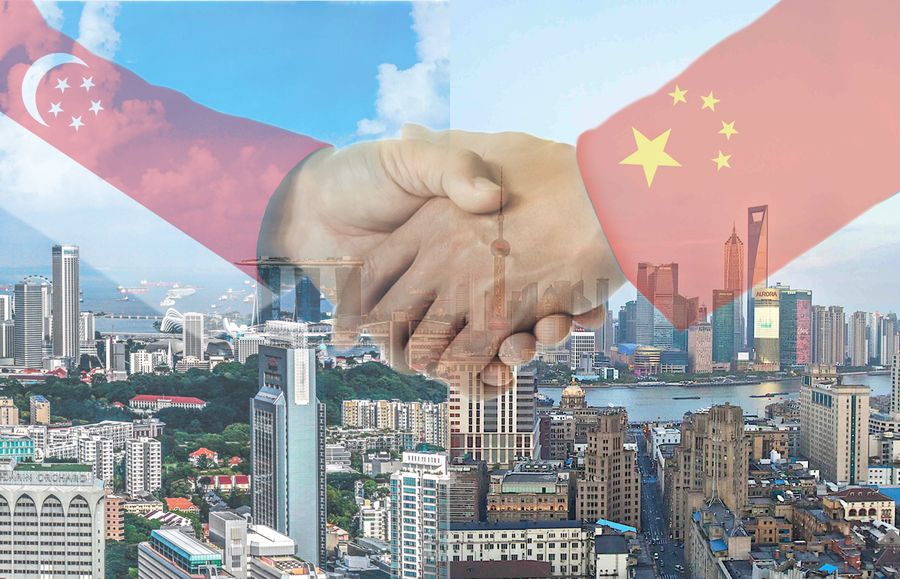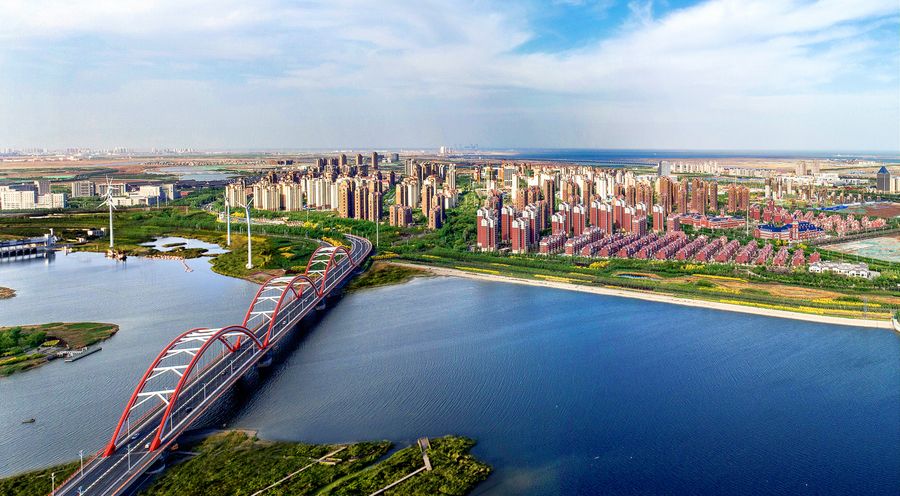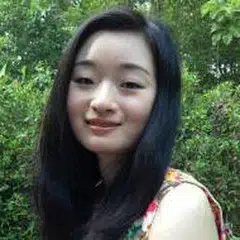The construction of the Singapore Model in Mainland China

To date, Singapore is the only country that China's top leaders have publicly claimed as a learning model.
In 1978, when China was at a crossroads, Deng Xiaoping made his political comeback and was giving serious thought to the nation's future. That November, Deng Xiaoping visited Singapore. En route to France for work and studies in 1920, Deng had seen a Singapore in shambles. Fifty-eight years later, Singapore had undergone a facelift and was now virtually unrecognisable as the Singapore Deng recalled. He was astounded by the level of development the small island-nation had achieved in just two generations. Deng remained silent when Singapore's first Prime Minister Lee Kuan Yew confidently remarked that China would soon be on par with, or even surpass Singapore. Lee said: "We are only the descendants of illiterate, landless farmers in Fujian, Guangdong and other places, but many of you are the descendants of officials and scholars." Deng considered how China could become as modern as Singapore, or even exceed it. Lee's Singapore aligned with Deng's vision for China as a prosperous country where the Communist Party of China (CPC) would continue to hold a firm rule. He decided to learn from the Singapore experience. In Lee's words, the Singapore that Deng saw in 1978 became the model for China's future.
He (Deng) upheld Singapore's authoritarian rule, using its social order and stability to justify his own crackdown in Tiananmen Square, which served to strengthen the Chinese state's single-party rule.
In 1992, two years after China and Singapore established formal diplomatic relations, the "Singapore Model" as a path to Chinese modernisation began to take shape in China's official propaganda. Learning from Singapore became an organized and systematic official practice. This "Singapore fever" in China was, to some extent, a continuation of the reformist blueprint laid down in 1978. However, from 1978 to 1992, China's political situation underwent huge changes. After Deng Xiaoping became China's most powerful man in the late 70s, in 1978, he launched the economic reform that propelled China from a planned economy to a market economy. He was seen as a reformer who challenged conservatives, but when he later commanded the crackdown on the 1989 Tiananmen Square protests, he was viewed as a conservative with zero tolerance for liberal democracy.
During his Southern Tour in 1992, Deng applauded Singapore for its developed economy and stable society. His mention of Singapore was significant in two ways. First, he was using Singapore's success to revitalise the stagnant reform and to boycott neo-Maoists who were unsupportive of private economic developments. At the same time, he upheld Singapore's authoritarian rule, using its social order and stability to justify his own crackdown in Tiananmen Square, which served to strengthen the Chinese state's single-party rule. During the Southern Tour Talks, he said: "Society in Singapore is quite orderly. They managed things very strictly. We ought to use their experience as a model. And we ought to manage things even better than they do."
Singapore and China commemorated the 20th anniversary of the establishment of diplomatic relations in November 2010. Xi Jinping, then Vice President of the People's Republic of China, said in a meeting with Minister Mentor Lee Kuan Yew: "Mr Deng Xiaoping repeatedly mentioned the need to learn from Singapore when he was alive. This was necessary in the past, and remains so in the present and future." In November 2015, when President Xi visited Singapore, during a lecture delivered at the National University of Singapore entitled "Forging a Strong Partnership to Enhance Prosperity of Asia," he reiterated Deng's initiative and discussed the various ways China had put the knowledge it gained through Singapore into practice. Western scholar Elizabeth C. Economy remarked that Xi's reforms would turn China into "a Singapore on steroids".

What is the Singapore Model?
Is democracy the precondition for economic and social development? If "development first, democracy second" was an assumption that existed only in the CPC's ideology, then Deng discovered parallels in the Singapore that flourished under Lee Kuan Yew's authoritarian leadership. Deng and his followers became convinced that their plans for China would work, thinking that if Singapore could do it, China could too. In the words of Dr. Vincent Wijeysingha, Treasurer of the Singapore Democratic Party, Singapore was a "dream come true" for the Chinese government.
China was eager to learn the secrets behind the People's Action Party's (PAP, Singapore's ruling party) leadership. However, it kept its real motives for learning from PAP close to the vest, instead only packaging and presenting the Chinese masses with the goal of learning from the "Singapore Model". The model itself remained mostly undefined. Lee Kuan Yew said so himself, preferring to call it "Brand Singapore" instead. But regardless of whether it was a model or a brand, these labels spoke positively of the Singapore experience.
Most Chinese believe that the current level of maturity in Chinese society does not allow for a "one man one vote" system. It is broadly accepted that China will disintegrate if it recklessly adopts Western-style democracy.
The term "Singapore Model" was coined in China, but it quickly gained recognition in many developing Asian countries. In Asia, Singapore became a hero, a role model to its backward neighbours. However, a different perception was true in the West. The "Singapore Model" was a new concept to most Westerners, and they did not wholly approve of it. Although Singapore's developed economy could not be easily disregarded, its single-party authoritarian regime was seen as questionable. Thus, even if the "Singapore Model" was a legitimate term, this "model" was neither good nor bad. It was instead a developmental model that made a trade-off between civil liberty and a rapidly developing economy.
However, Chinese leaders today do not view Singapore's success as a zero-sum game between economic development and civil liberty. They think Singapore has achieved a harmonious unity between the two. China's mainstream discourse does not view the lack of civil liberty as a sacrifice for the sake of economic development, but for the assurance of national stability, and the main goals of national stability are greater development and a better standard of living. The idea that liberal or Western-style democracy and the country's long-term stability are incompatible is deeply entrenched in the Chinese mind. Most Chinese believe that the current level of maturity in Chinese society does not allow for a "one man one vote" system. It is broadly accepted that China will disintegrate if it recklessly adopts Western-style democracy.
A construct for the constructors
The Singapore Model is a construct created for the needs of the constructors. Chinese officials are using the authoritarian regime of Singapore to justify and prove to insiders and outsiders that the CPC's ruling status and strategy are legitimate and reasonable. China's mainstream discourse is fervent in its search for similarities between the CPC and the PAP. Academic Lv Yuanli noted: "Both the CPC and the PAP have revolutionary and socialist roots, and they share similar political styles." Ou Shujun and Wang Shaoguang, who co-authored a book detailing the construction of Singapore's founding, looked into Singapore's archival materials and collated information on the origins of the PAP's party name. One noteworthy point was the aim "to learn from the experience of the People's Republic of China to legitimise the party through representing the will of the people, to satisfy the majority of its citizens' (the Chinese) yearning for their 'cultural motherland' (China), and to be a party that 'acts for its people'". Thus, the legitimacy of the CPC's rule is justified by citing similarities between the PAP's recognised strengths and the CPC's founding principles.
However, the Singapore Model is not unilateral. Various groups and individuals have their own understandings and interpretations of the model. The idea of Singapore in the minds of the Chinese people is far more dynamic than what Chinese officials and mainstream elites conceptualised it to be. The new left and liberalists, for example, reject the widespread praise of the Singapore experience, pointing out problems with its development. To the new left, Singapore is a country with the highest cost of living in the world and has one of the worst wealth inequality rankings. Liberalists who support Western-style democracy criticise Singapore's authoritarian regime. To them, the Chinese government's construct of the Singapore Model goes against the trend of liberalism. This construct only aims to help the Chinese government adapt and survive in an increasingly liberal world.
The Singapore Model is not only about the story of Lee Kuan Yew and Singapore or Sino-Singapore relations. It reflects China's political and economic development needs.
The Singapore Model is also fluid. China has undergone huge changes since the beginning of Reform and Opening Up, and the Chinese concept of the Singapore Model has changed. This is reflected in the type of collaborative projects participated in over time. Projects such as the Suzhou Industrial Park, Sino-Singapore Tianjin Eco-City, Sino-Singapore Guangzhou Knowledge City, and Singapore-Sichuan Hi-Tech Innovation Park are actualisations of the Singapore Model and help introduce the Singapore experience to Chinese soil. Academic Zheng Yongnian once pointed out that the various Sino-Singapore projects are indicative of China's needs for different industrial upgrades at different developmental stages. He noted: "In the early years, industrial parks were needed to attract foreign investments, alleviating the labour crunch. Currently, China is facing the challenge of its cities' sustainable development, which has led to the establishment of the Sino-Singapore Tianjin Eco-City and Sino-Singapore Guangzhou Knowledge City."

An inward gaze, an ideal and a moulding process
Recognising the Singapore Model as a construct helps us understand a few things about it. First, one country's perception of another country is not only a diplomatic issue, but is also heavily influenced by its own domestic politics. The Singapore Model is not only about the story of Lee Kuan Yew and Singapore or Sino-Singapore relations. It reflects China's political and economic development needs. China's take on the Singapore experience is actually an inward gaze at itself, a self-evaluation triggered by external observations.
Because of this, the debate over whether China should adopt the Singapore Model, is actually a clash over who gets the final say in deciding China's future development. Furthermore, exactly how much of the Singapore experience can be adopted to address China's needs remains questionable. The many steps towards actualisation simply means that China is still far from its ideal. China and Singapore have demonstrated an interesting interaction model between two countries, in which the student-nation examines and discusses its role model in an effort to imagine and explore its own future self.
Finally, many conceptions of Singapore have materialised and became China's actualities, as is evident in its modernisation. Conceptions brought about new realities, as well as new conceptions that further relate to one another. They continue to change China's perspective of Singapore, creating an ongoing cycle that is constantly being moulded, and is in fact very different from the one that China held before Singapore came onto the scene.
